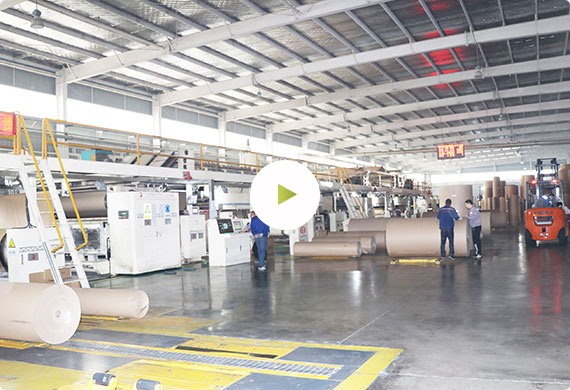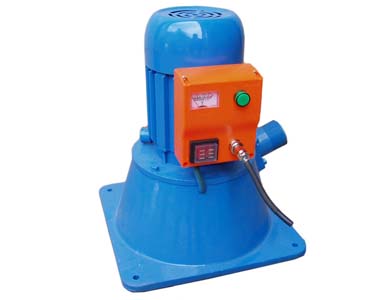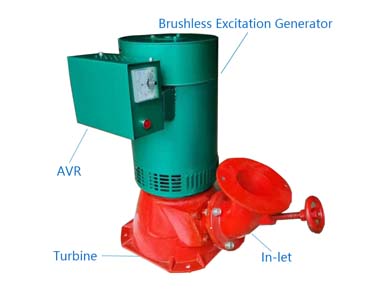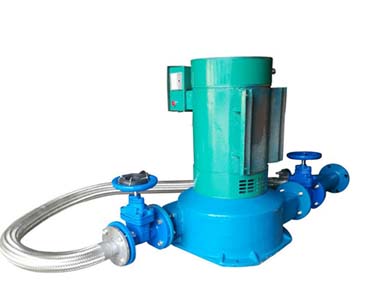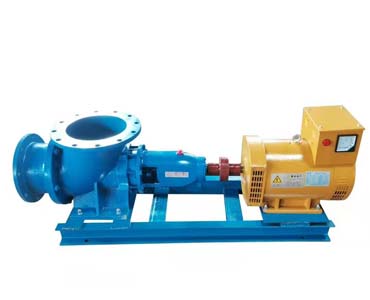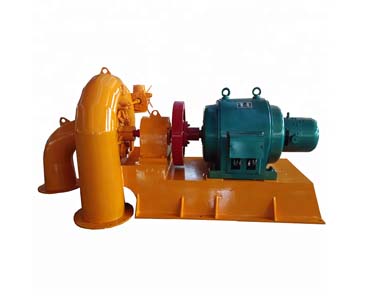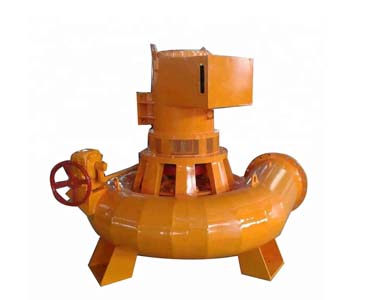Water Turbine Generator for Home Use – The Complete Guide
Generating electricity from flowing water sources like streams and rivers using small-scale hydro turbines is an appealing option for sustainable off-grid home power.
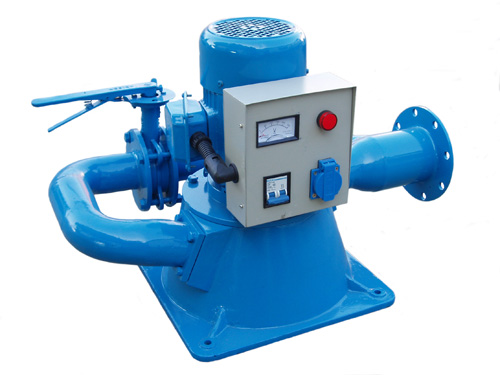
This comprehensive guide provides an overview of how home hydroelectric power kits utilizing water turbine generator systems can be a viable renewable energy solution.
Overview of Home Hydroelectric Power
Micro hydropower refers to generating energy using water turbines under 100 kW capacity.
Home hydroelectric power kits allow harnessing the kinetic energy from flowing water on private property to produce sufficient renewable electricity to power households or small communities in an eco-friendly manner.
Some key advantages of home micro hydroelectric systems are:
- Clean energy – Uses renewable hydro power instead of fossil fuels
- Energy independence – Reduces reliance on the grid electricity supply
- Lower costs – Free flowing water saves money over utility bills
- Reliability – Provides steady around-the-clock power based on stream flow
- DIY installation – Portable systems that can be set up conveniently
- Low maintenance – Requires occasional inspection and servicing
These benefits make small-scale hydro an appealing option for off-grid homes looking for energy self-sufficiency using locally available renewable resources.
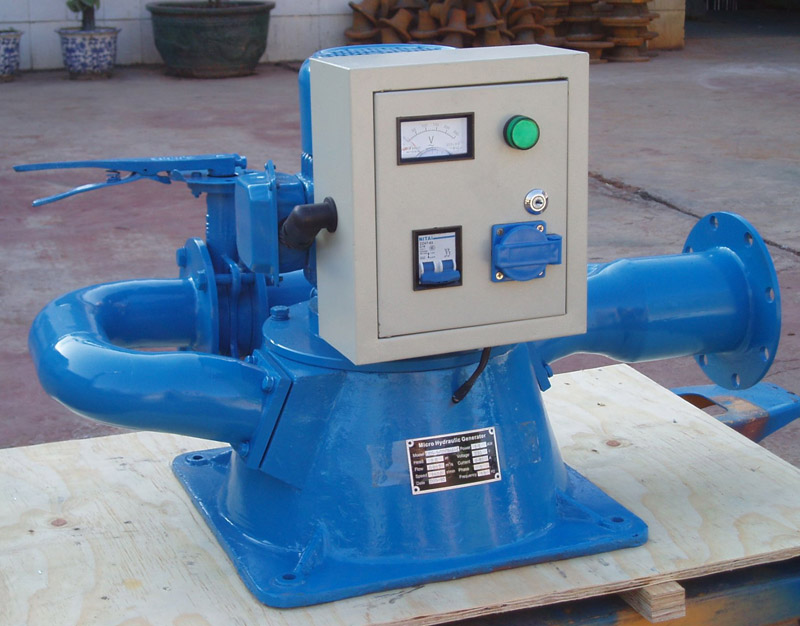
The key components of home hydro systems are the generating turbine, generator, and controls.
Home Hydroelectric Power System Equipment
Micro Hydro Turbine
The turbine converts the water flow energy into rotational kinetic energy. Two common turbine types used are:
- Impulse turbine – Impacts high speed jet stream against bucket shaped blades. Efficient in high head, low flow sites.
- Reaction turbine – Blades fully immersed in water flow. Works well in low head, higher flow conditions.
Generator
Generating sets matched with the turbine shaft convert the rotational energy into electric current. Permanent magnet generators offer simplicity and low maintenance for home use.
Power Controls
Charge controllers, inverters, batteries and electronics manage the micro hydro system to deliver stable AC power for home use and serve any backup needs.
Typical Home Water Turbine Generator Kits
Pico Hydro Kits
All-inclusive mini hydro packages designed for remote cabins and tiny homes. Output ranges from 100W to 1kW. Portable and easy to install as a DIY project.
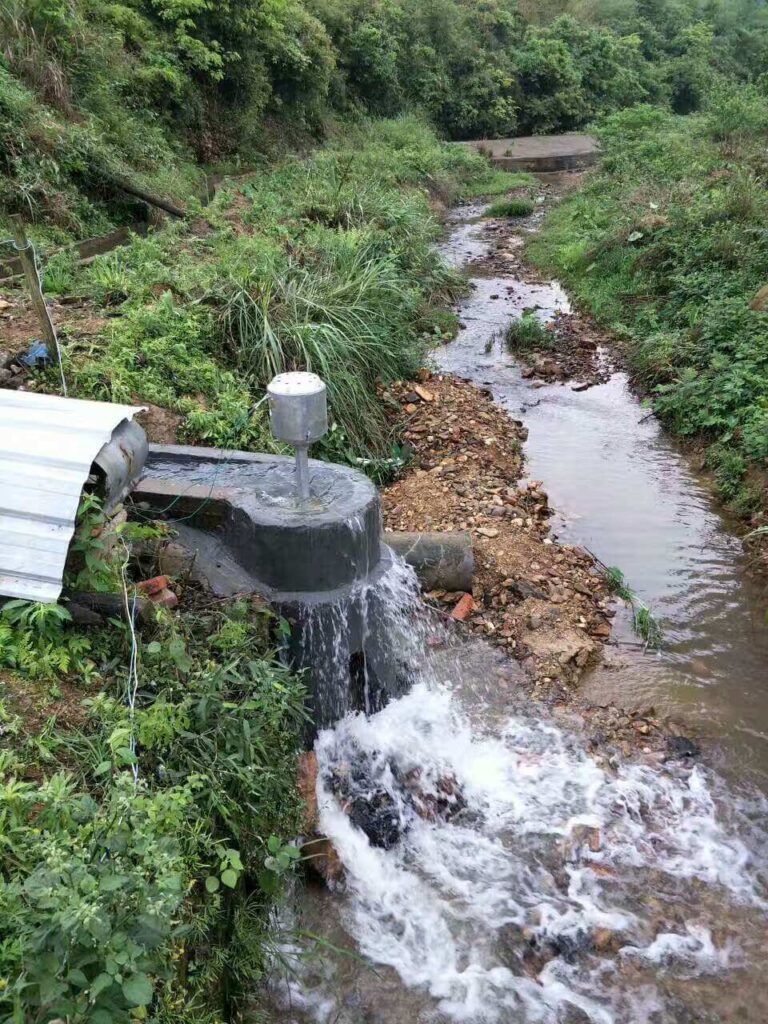
Stream Engine Generator
Waterwheel style turbines housed in a skid with ultra low head requirements to place directly into flowing streams. Rated output from 2kW to 10kW.
Modular Micro Hydro Systems
Customizable hydro components like Pelton turbines, generators, and controls allow assembling systems based on site conditions. Scales up to 20kW.
Low Head Propeller Turbines
Simple rotating propeller turbines for low head flows. Coupled with a generator skid to provide 5-15kW power. Requires short intake pipes.
Key Considerations for Home Water Turbine Selection
Water Flow Rate and Head Height
Assessing seasonal water volumes and vertical drop at the site allows determining optimal turbine type and generating capacity.
Grid Interconnection Regulations
Check grid-tie requirements if planning to supplement with utility electricity. Permits and inspection may be required.
DIY Effort versus Convenience
Fully packaged plug-and-play systems are simpler to deploy but cost more. DIY options require assembly but allow customization.
Future Expansion
Factor in expected power demand growth from adding appliances, EVs etc. when sizing the hydro system capacity.
Backup Power Needs
Adding battery storage allows uninterrupted electricity during low water flow periods or turbine maintenance downtime.
Local Regulations and Permits
Research required permits for building and utility interconnections. Environmental impact regulations may also apply.
Sizing a Hydro System for Off-Grid Home Use
Home Power Requirements
Estimate the average daily and peak electricity demand from lighting, appliances, battery charging etc. This determines the minimum turbine generator size.
Net Head and Water Flow
The vertical drop and water volume determines potential power output. Head x Flow Rate = Potential Power.
Turbine Efficiency
Pelton and propeller turbines convert 60-80% of water energy into mechanical rotation. This conversion efficiency impacts net power produced.
Generator Efficiency
High efficiency (80%+) permanent magnet generators minimize energy losses in converting rotation into electrical current.
Transmission Efficiency
Friction losses in turbines shafts, belts or gears connecting the turbine and generator lower net power output.
Home Micro Hydro Implementation Guidelines
- Consult local regulations and acquire permits before building your hydro system.
- Engage a hydro specialist for optimal turbine selection and system sizing.
- Have the site head height and water flow professionally assessed.
- Pick modular and scalable components allowing gradual expansion.
- Use impending weirs or nozzles to increase pressure on the turbine.
- Make foundations and housing robust to handle heavy equipment.
- Isolate the system from the stream to perform maintenance.
- Incorporate screens and grates to keep debris out of turbines.
Conclusion
Water turbine generator systems can provide renewable off-grid electricity using home hydroelectric power kits sized appropriately for the site conditions.
With proper planning and design considerations incorporated, micro hydro can make an efficient and economical energy source for households seeking energy self-sufficiency.
While requiring significant initial investment, once installed it can provide clean electricity for decades with minimal maintenance and operational costs.
FAQs
Q: What is home hydroelectric power?
A: Home hydroelectric power involves generating renewable electricity using small water turbines sized under 100 kW installed locally using flowing water streams or rivers.
Q: What are the main components of home hydro systems?
A: The key components are the turbine (impulse or reaction), generator, and power controls like inverters, charge controllers, batteries etc.
Q: What are some typical home water turbine generator kits available?
A: Common options are pico hydro kits, stream engine generators, modular micro hydro systems, and low head propeller turbines that scale from 100W to 20kW.
Q: What factors are important in selecting home hydro turbines?
A: Key considerations are head height, water flow rate, grid interconnection regulations, DIY versus convenience, expansion potential, and backups.
Q: How is a home micro hydro system sized properly?
A: By estimating home power demand, measuring head and flow availability, and factoring in turbine, generator, and transmission efficiencies.
Q: What permits are required for home micro hydro installations?
A: Building permits, utility grid interconnection approvals, and environmental regulations may apply depending on location.
Q: What are some best practice tips for home hydro implementation?
A: Consulting specialists, modular and scalable equipment selection, maximizing head pressure, robust foundations, and incorporating debris screens.

